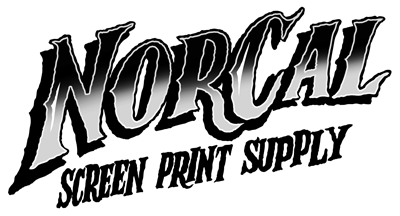As a screen printer, if you have your screens break down during production, this can be from a couple of factors. Underexposure and Low EOM are to of the main culprits. Humid weather can also make the situation worse.
First, let's talk about EOM.
In screen printing, EOM stands for Emulsion Over Mesh.
It refers to the thickness of the emulsion coating on top of the screen mesh, measured as a ratio.
-
EOM (%) = (emulsion thickness ÷ mesh thickness) × 100
This measurement affects ink deposit, print quality, and stencil durability.
✅ Typical EOM guidelines:
-
15–20% for textile printing (t-shirts, fabric)
-
10–15% for graphic printing (posters, decals)
Next, how to achieve 15-20% EOM on your screen isn't too difficult. You'll want to use a 2 over 1 screen coating method.
So here’s a solid guideline for achieving about 15% EOM, which is considered optimal for most textile printing:
🔹 Typical coating sequence for ~15% EOM:
-
Low/medium mesh (110–160):
→ 2 coats on shirt side + 1 coat on squeegee side
(known as 2/1 coating)
🔧 Key tip:
EOM increases when more emulsion is left on the shirt side, since that’s the side contacting the substrate. So always finish coating on the print side for higher EOM and better stencil durability. Be sure to dry your screens with the shirt side down to keep the emulsion on that side.

